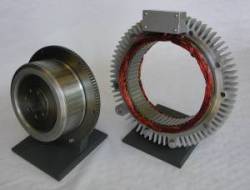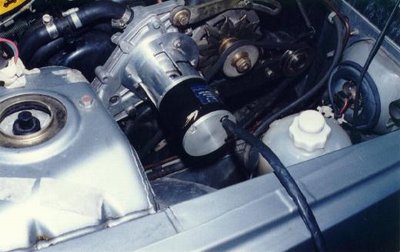|
From
the theoretical studies developed within the framework of these sets
of themes, the researchers of the Laboratory conceived, in collaboration
with industry, a whole series of motricity systems, drive for mobile
robots (in collaboration with the Company SGN),
several drives for electric cars (in collaboration with the Company
VALEO), an actuator for
avionics (in collaboration with the Hispano-suiza
Company), an original engine-wheel for an electric combat vehicle (in
collaboration with the Companies Panhard-levassor
and CS Defense), motorization of scooter (in collaboration
with EDF), several versions
of starter generator in collaboration with the Company VALEO,
within the framework of an "open laboratory
University/Industry".
|








